This post has been sponsored by Avignonesi Winery. The following message is intended for those 21+. All opinions expressed are my own. Please enjoy responsibly.
What if I suggested that you stop rushing for a change, and purposefully slow down? What if I told you to save someone a seat, pour them a glass of wine, and then share a big plate of ravioli? Why? Because that’s how you start embracing the beauty of slow living, the idea of living in the moment while looking forward to the next. This is how you “Live Nobile,” the concept behind Avignonesi’s new campaign, celebrating their 2014 Vino Nobile di Montepulciano’s 10 Years Vintage.
Today we’re taking a look at the 2014 Vino Nobile di Montepulciano, along with 2020 Desiderio Toscana Merlot to see what makes Avignonesi’s wines so special. Naturally, we’ll be talking a little about where these wines are from, and after that, we’ll sample the wines themselves, before moving on to pairing suggestions to help ensure that you Live Nobile while enjoying each bottle.
Now, without further introduction, let’s get tasting.
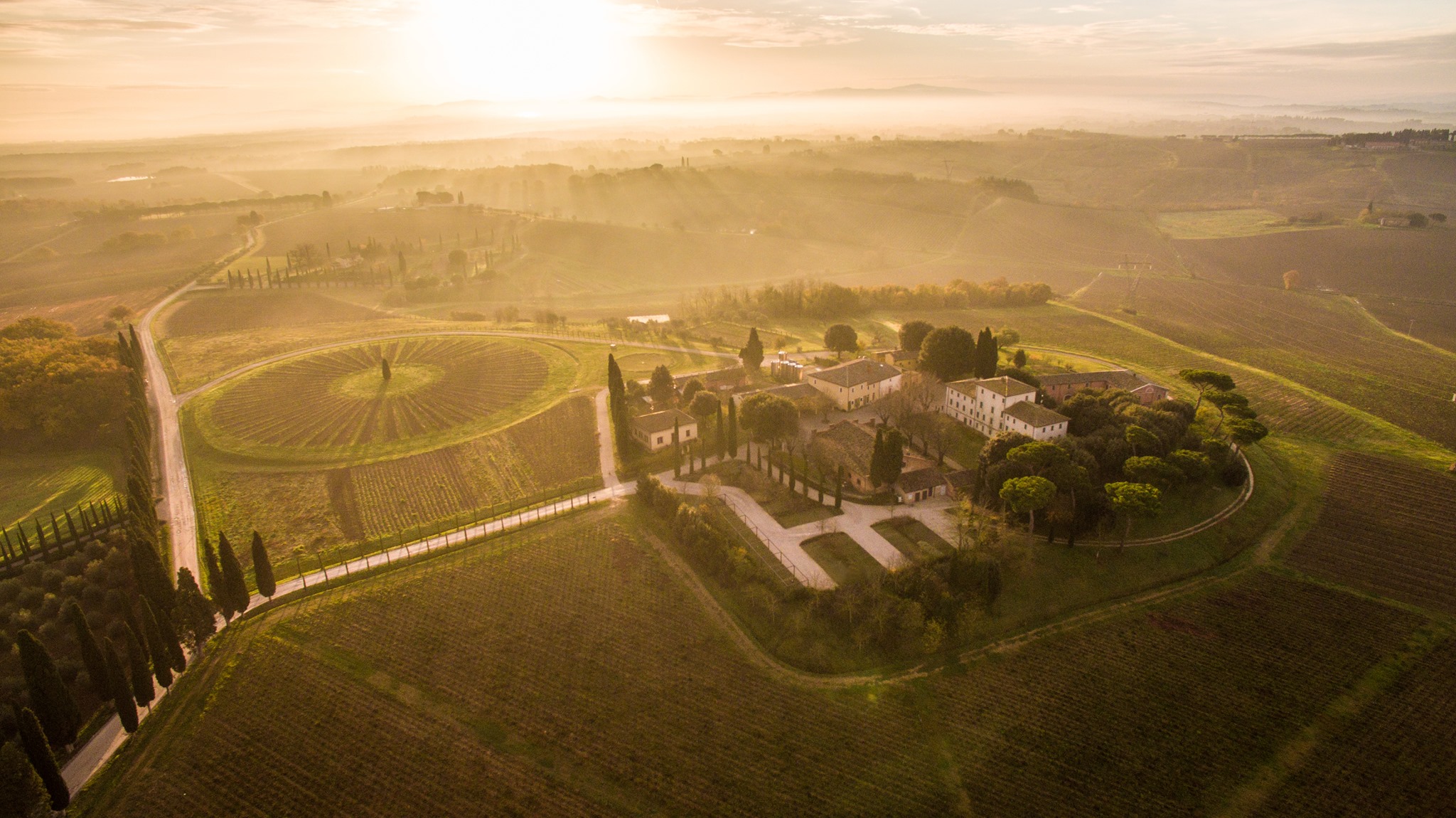
The Where – Tuscany, Italy
To “Live Nobile,” you might want to start with where it all began – this tradition of slowing down and celebrating each moment, and enjoying something truly exceptional. Naturally, I’m talking about Tuscany, Italy, one of the world’s most renowned wine regions.
Laying claim to both exceptional terroir and a rich history steeped in winemaking, Tuscany produces some of the world’s most prestigious, successful, and easily recognizable vintages. From sun-kissed hillsides to fertile valleys, featuring limestone-rich soil and coastal sea breezes courtesy of the Tyrrhenian Sea, Tuscany is all but tailor-made for the cultivation of grape vines.
With that in mind, Tuscany is divided across a whopping forty-one DOCs and 11 DOCGs, which are regional classification systems regulating how and where particular types of wines are made. Aside from production methods and geography, this classification system also sets rigid quality standards, including but not limited to, standardized taste testing.
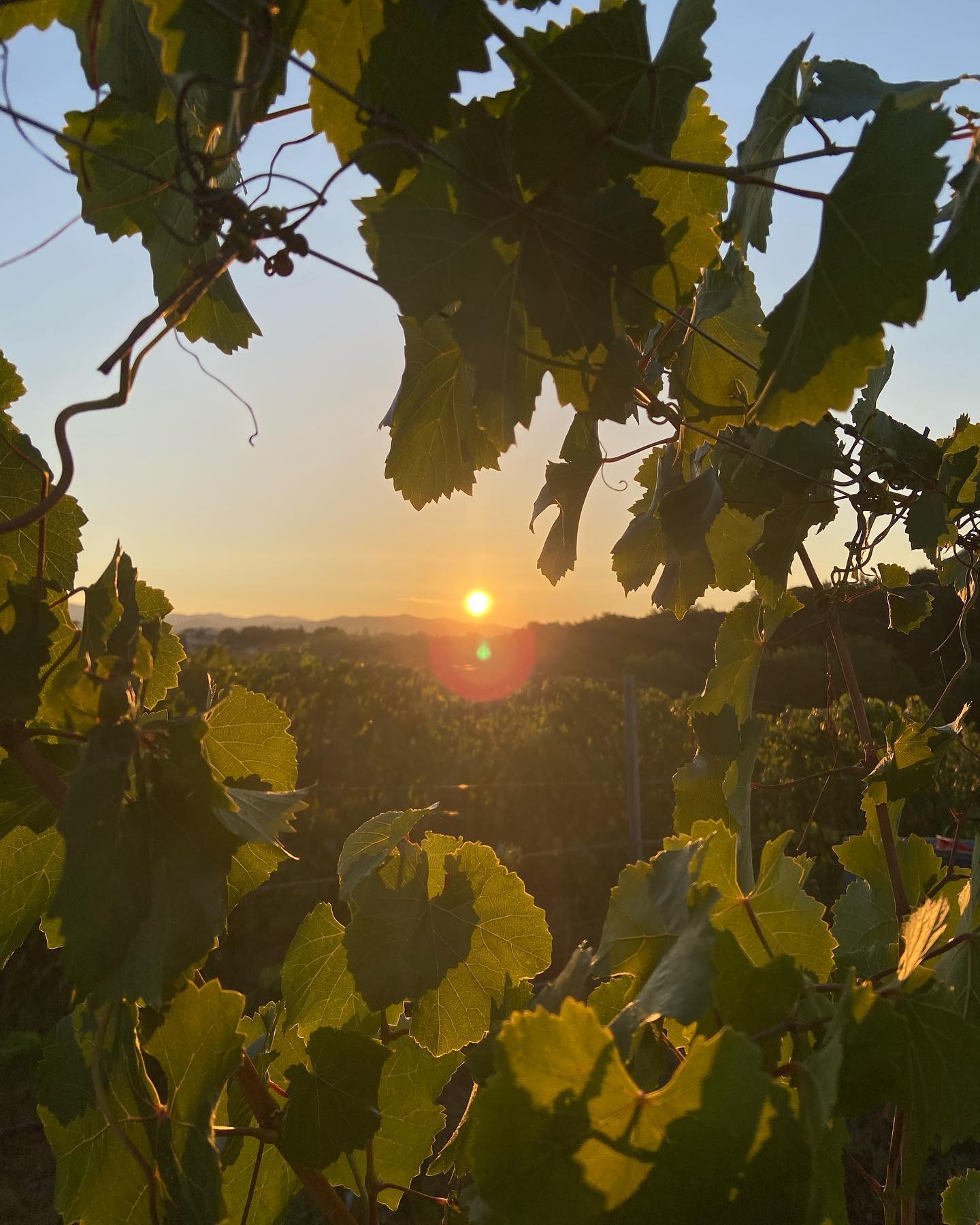
With that said, it is impossible to talk about Tuscan wine without mentioning Sangiovese. Despite the region being divided across dozens of tightly regulated production areas, the bedrock of Tuscan winemaking relies on a single varietal – Sangiovese. Sangiovese positively dominates Tuscan winemaking, such that it is all but synonymous with Tuscan wine. Prized for its high acidity, ‘pleasantly firm’ tannins, and natural balance, a quality wine based on Sangiovese will evoke images of ripe dark cherries and black stonefruit, perforated with a bouquet of herbal notes. Chianti, Vino Nobile di Montepulciano, and Brunello di Montalcino (all of which we’ve reviewed here on Living the Gourmet over the years) are just a few of the world-renowned wines produced from Sangiovese.
However, Sangiovese is definitely ‘not’ all there is to Tuscan winemaking. For example, the 1970s saw the rise of ‘Super Tuscans,’ an unofficial title describing several high-quality Tuscan wines that were – for one reason or another – excluded from receiving DOC or DOCG status by breaking traditional Italian winemaking norms. Regardless of local labeling (or lack thereof), a number of these wines achieved critical acclaim, as well as commercial success, and ended up becoming ‘cult wines’ that commanded high prices. Over the ensuing decades some of these ‘Super Tuscans’ were granted DOC or DOCG status – although it can be argued that such status detracted from their ‘cult’ mystique as ‘rogue labels.’ Aside from the controversial ‘Super Tuscans,’ other wines have also seen success across Tuscany, such as Syrah, Merlot, and Cabernet Sauvignon.
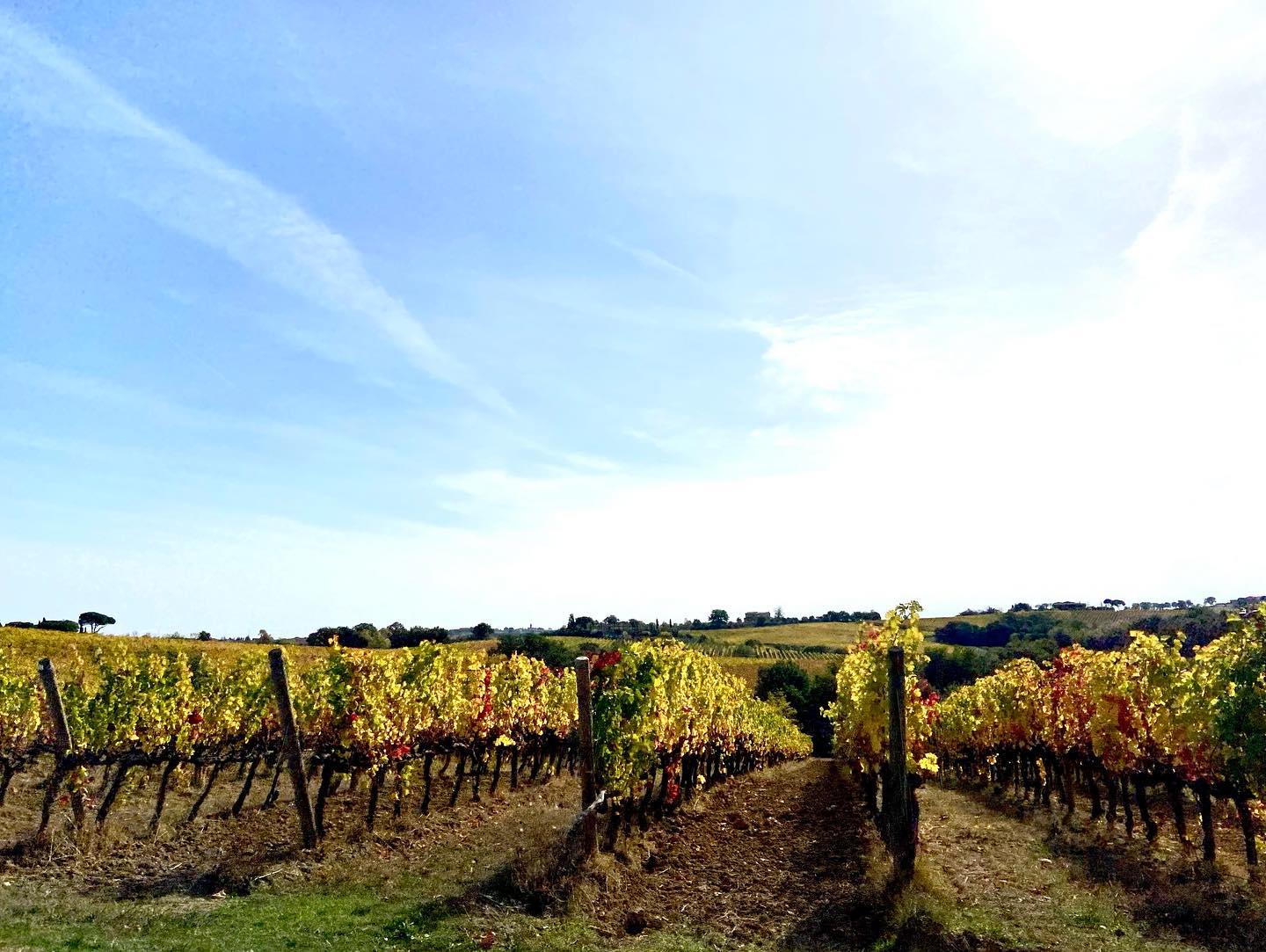
Tight regulations and quality standards aside, climate is perhaps the foremost factor in Tuscany’s success. The region’s warm and temperate coastline is flanked by inland hillsides and mountains, which help temper the region’s searing summers, which in turn contributes to increased temperature variation. This temperature variation between the hills, mountains, and warm coastline helps balance the sugars and acidity of the region’s grapes. Sangiovese performs best when it receives maximum direct sunlight, and as such the hilly terrain of the region is ideal for this grape, with the majority of the area’s vineyards being planted at elevations of between five-hundred and sixteen-hundred feet. This higher elevation further increases temperature variance, which further increases the wine’s balance in sugar and acidity.
With our crash course on Tuscany out of the way, let’s start the wine tasting.
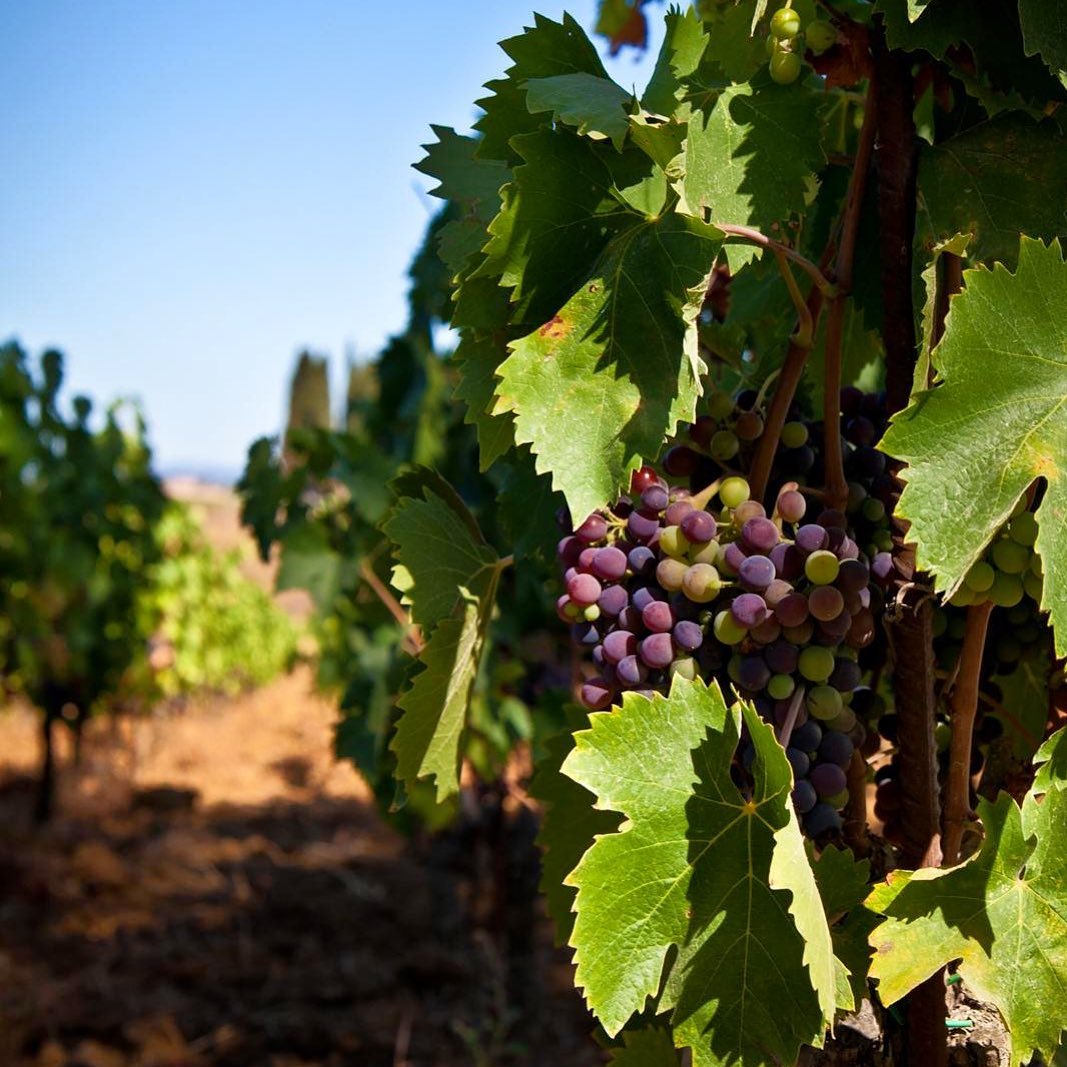
The Bottles – A Showcase
- Today we’re taking a look at Avignonesi’s 2020 Desiderio Toscana Merlot.
- After that, we’ll be sampling a 2014 Nobile di Montepulciano.
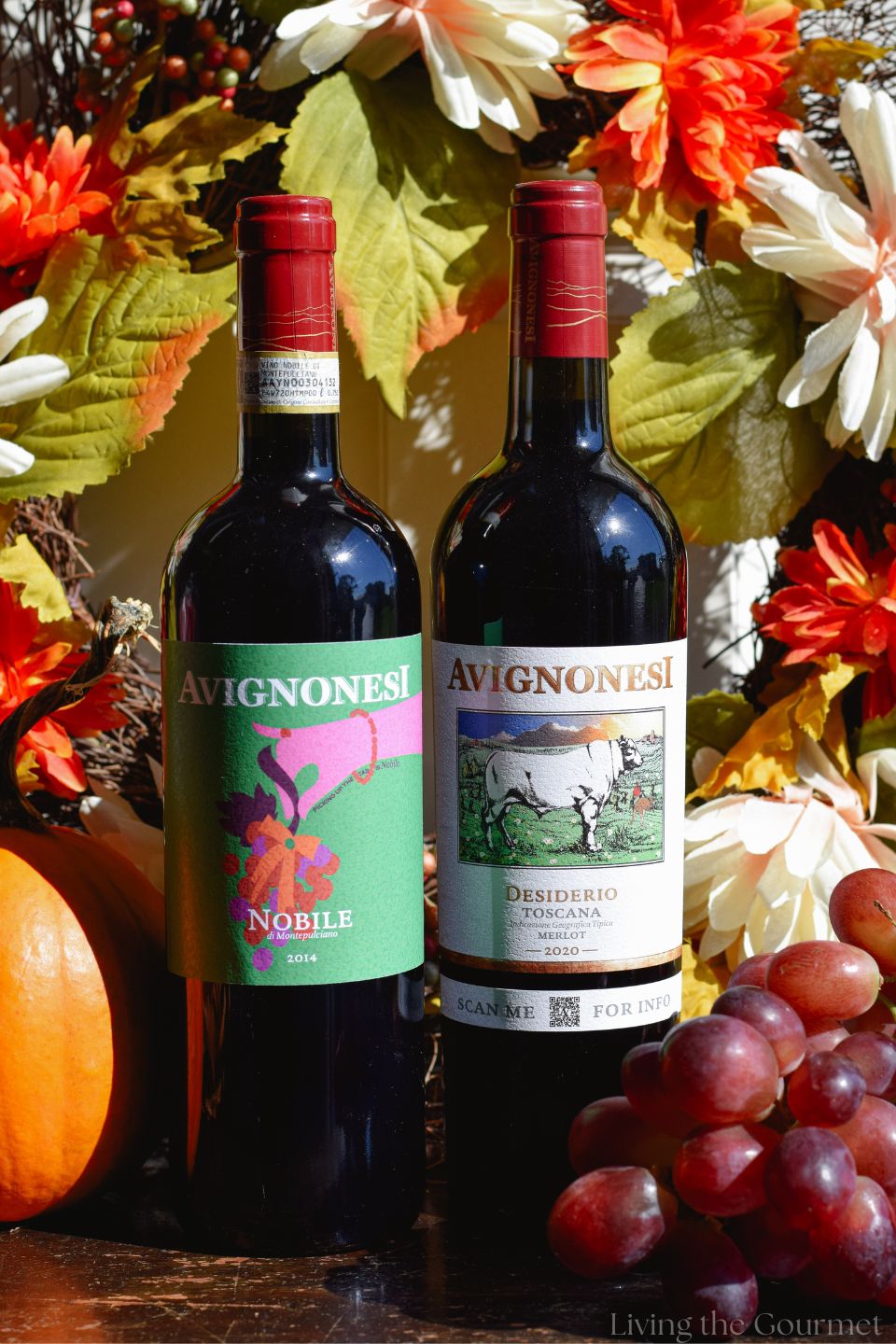
Tasting and Aromatics – The Review
The 2020 Desiderio Toscana Merlot introduces itself with a ruby-red color and dark fruit aromas. Off the top of the glass are notes of juicy plum and ripe cherries, punctuated by hints of cracked leather and just a faint whiff of licorice lingering in the background. Deeper into the glass, the dark fruit essences mature with notes of coffee and a dash of vanilla. On the palate, the plum and cherry from the bouquet carry over quite nicely, with mature tannins, a full body, and pleasant acidity. A very enjoyable bottle from start to finish.
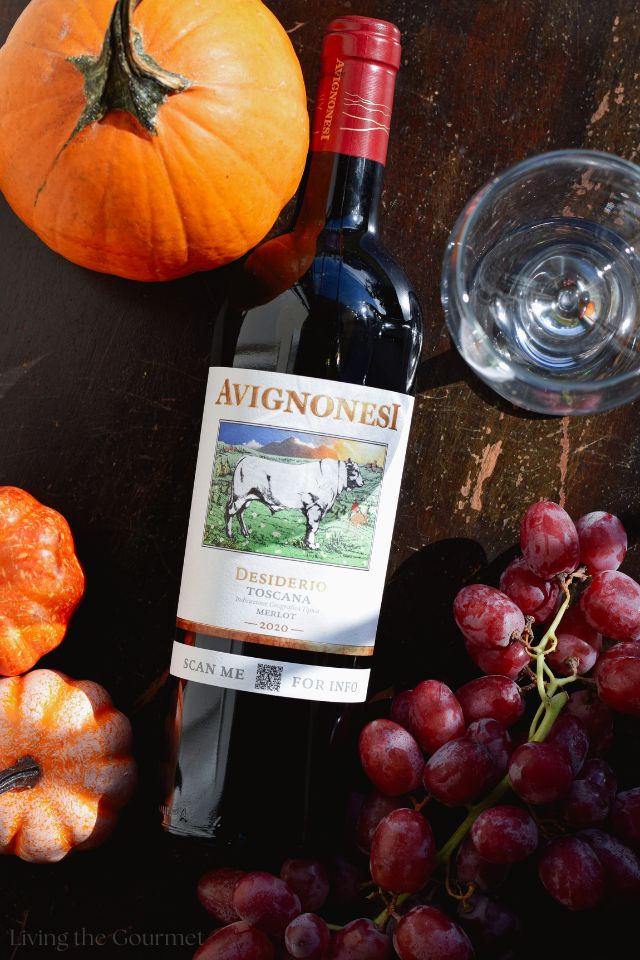
The 2014 Nobile di Montepulciano opens with a bouquet of ripe cherries accentuated by licorices and herbs, framed in bright floral notes, with just a touch of jasmine. Deeper into the glass, the bouquet matures considerably, with earthy undertones and a hint of leather. On the palate, the wine is medium-bodied with a clean acidity and smooth tannins, with the fruit and herbal notes from the bouquet carrying over deliciously, creating a lively flavor profile. A very pleasant experience.
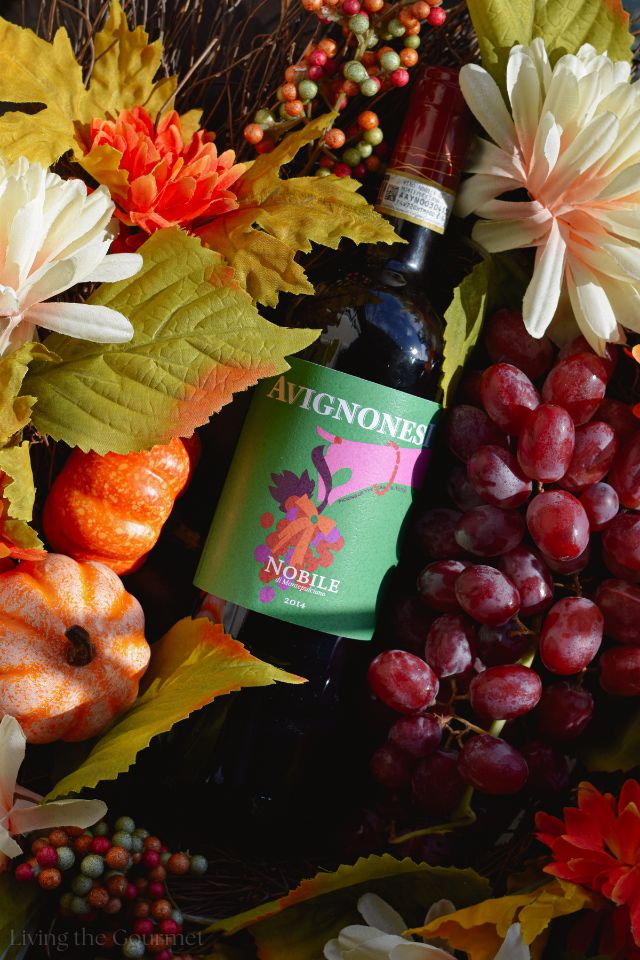
What to Eat – The Pairings
While all of the textbook merlot pairings would be delicious with today’s Desiderio, there are a few standouts that I think would pair ‘extra’ deliciously. Here are my top choices.
- Grilled Steak: The textbook pairing. A steak grilled in butter with rosemary, thyme, and plenty of fresh pepper would harmonize beautifully with this particular wine. You might also consider pairing the steak with our garlic, parsley, and sundried tomato gremolata. Opt for cuts like ribeye or filet mignon, lightly herbed, and seasoned with salt and pepper, and maybe some garlic, to let the natural flavors shine.
- Roasted Lamb: Lamb dishes, such as roasted leg of lamb prepared with plenty of garlic, herbs, and olive oil would pair deliciously alongside today’s wine. Crust the lamb in herbs, and serve alongside roasted vegetables, roasted potatoes, or warmed greens, and you’ve got a delicious pairing.
- Charcuterie: Cured meats such as prosciutto and salami, served with crostini or crusty Italian bread, with mascarpone, olives, dipping oil, and dried fruits, would be a delightful pairing for this wine. Throw in some individual pizzas or baked brie, and you’re set. See our post for assembling the ultimate charcuterie board.
- Wild Mushroom Risotto: If you’re looking for a (slightly) lighter pairing, this is the way to go. The earthy flavors of wild mushrooms baked in a creamy risotto would provide a delightful contrast to the wine's plum and cherry profile.
This is an excellent example of a Nobile di Montepulciano, and as such by the book, traditional Sangiovese pairings are the way to go. What does that mean? Here’s the crash course;
- Red Sauces: Pasta with tomato-based sauces, such as spaghetti marinara or penne arrabbiata, would both be delicious pairings with this wine.
- Red Meat: As a rule, Sangiovese wines love grilled or roasted red meats, such as steak, lamb chops, and boar, which are all considered delicious pairings – and Nobile di Montepulciano is no exception to that rule. Consider preparing these meats thoroughly herbed with plenty of garlic.
- Charcuterie: If you love charcuterie boards, and want a wine that loves charcuterie as much as you do, Sangiovese-based wines are the way to go – and that includes Nobile di Montepulciano. Italian-style cured meats and aged cheeses, like prosciutto, salami, or Parmigiano-Reggiano, all pair deliciously with Sangiovese. Simply put, you can never go wrong serving a Nobile di Montepulciano alongside a lush antipasto board.
- Tuscan Cuisine: This one should be obvious, but Tuscan cuisine pairs deliciously with Sangiovese – the star of Tuscan wine. That means dishes like bistecca alla fiorentina (Florentine steak) or wild boar ragu.
- Risotto: Creamy risotto, with plenty of mozzarella, preferably layered with mushrooms or sausage would be delicious.
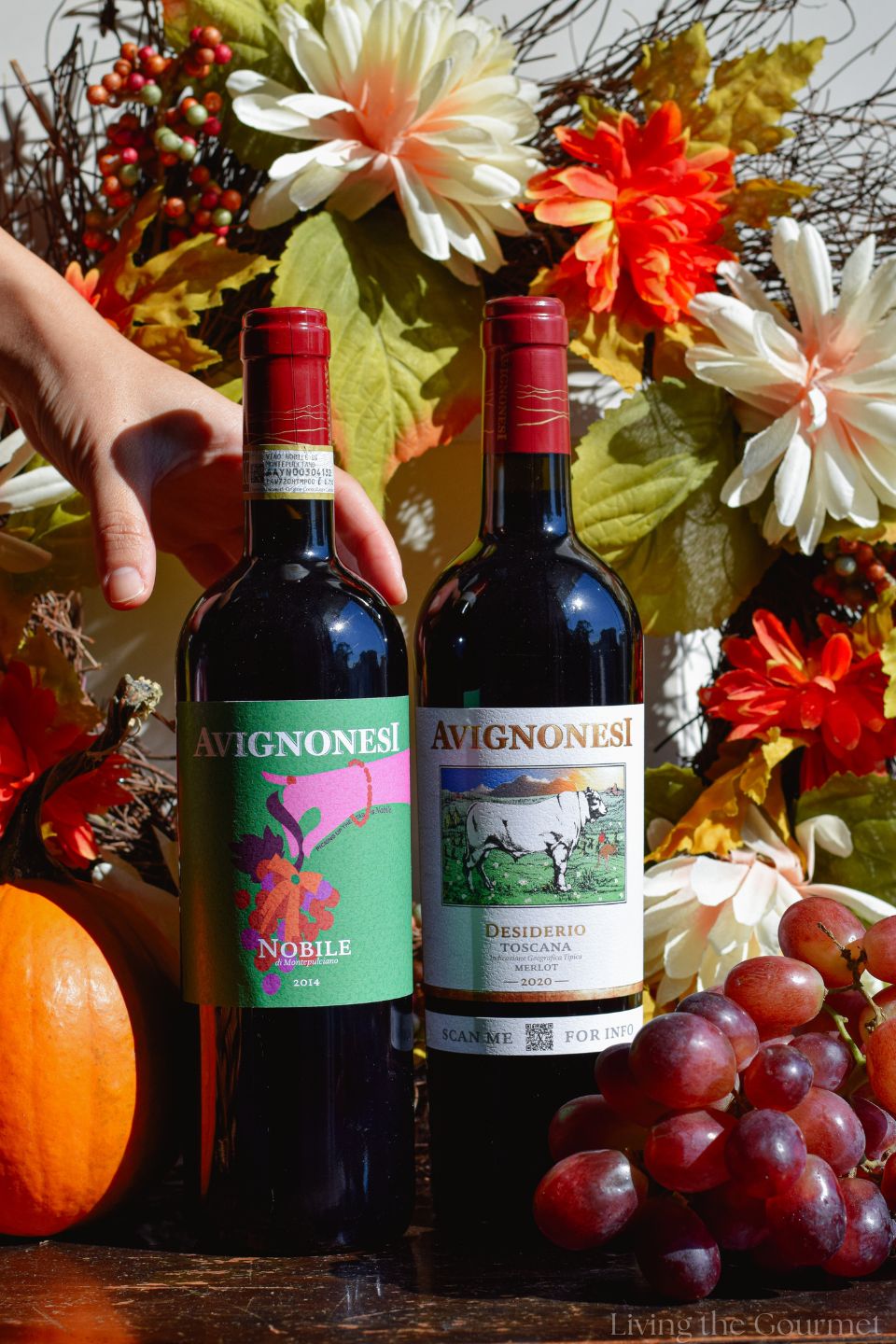
And that’s how we Live Nobile. If you tried either of these wines, have any ideas on how to Live Nobile, or have any questions or suggestions, we would love to hear from you in the comments below.
Cheers!
1
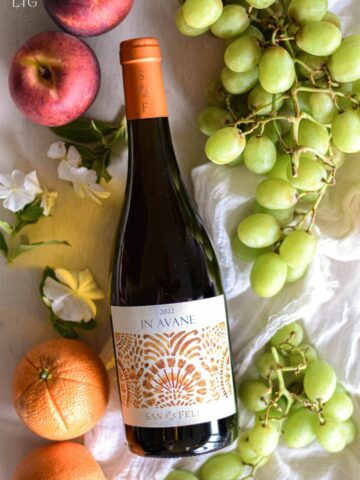
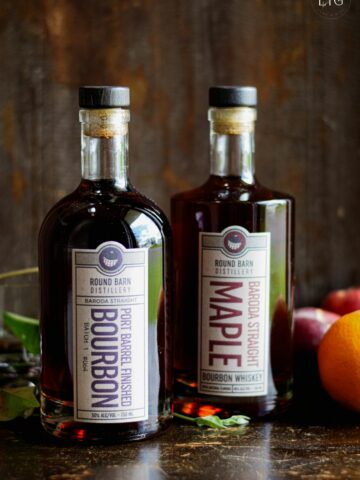

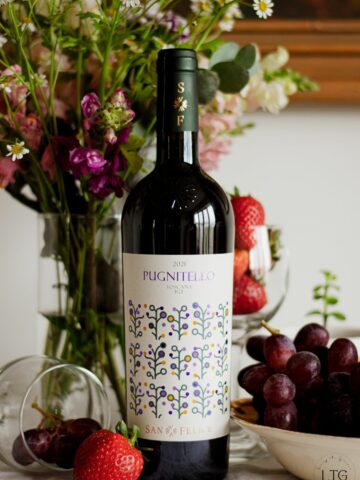
Leave a Comment